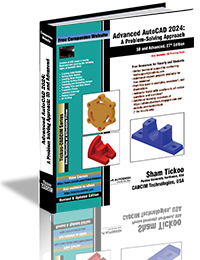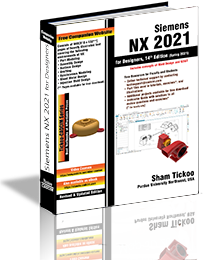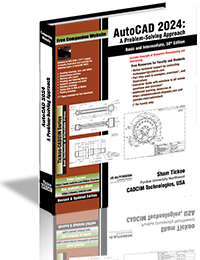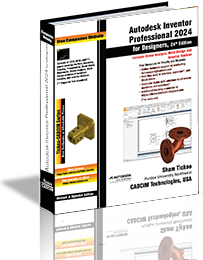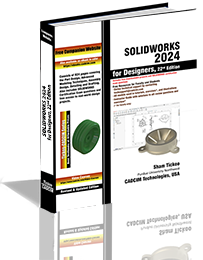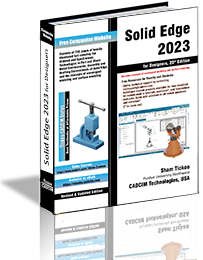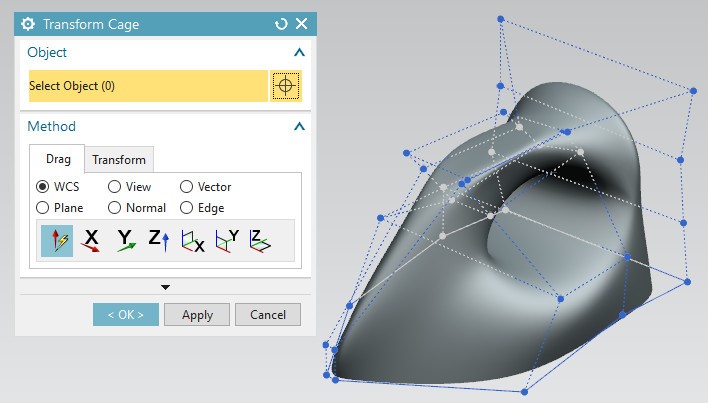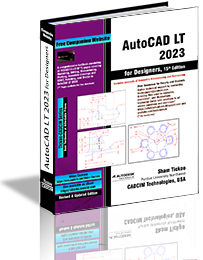Autodesk Fusion 360: A Tutorial Approach Introduces the readers to Autodesk Fusion 360, the first 3D/CAD/CAM/CAE tool that connects the entire product development process in a single cloud-based platform where different design teams work together in hybrid environment and harness the power of the cloud when necessary as well as use local resources. The chapters in this book are arranged in pedagogical sequence that makes it very effective in learning the features and capabilities of the software. This book covers all important topics and concepts such as Part Design, Assembly Design, Drafting, Animation, Basics of Sheet Metal.
Salient Features
- Book consisting of 10 chapters that are organized in a pedagogical sequence.
- Summarized content on the first page of the topics that are covered in the chapter.
- More than 40 real-world mechanical engineering problems used as tutorials and projects with step-by-step explanation.
- Additional information throughout the book in the form of notes and tips.
- Self-Evaluation Tests and Review Questions at the end of each chapter to help the users assess their knowledge.
Table of Contents
Chapter 1: Introduction
Chapter 2: Drawing Sketches for Solid Models
Chapter 3: Adding Constraints and Dimensions to Sketches
Chapter 4: Advance Modeling-I
Chapter 5: Creating Reference Geometries
Chapter 6: Advance Modeling-II
Chapter 7: Assembling Components
Chapter 8: Working with Drawing and Animation Workspace
Chapter 9: Working with Sheet Metal Components
Chapter 10: Managing and Collaborating on the Cloud and 3D Printing
Student Projects
Index
Buy Autodesk Fusion 360: A Tutorial Approach, 3rd Edition book from
